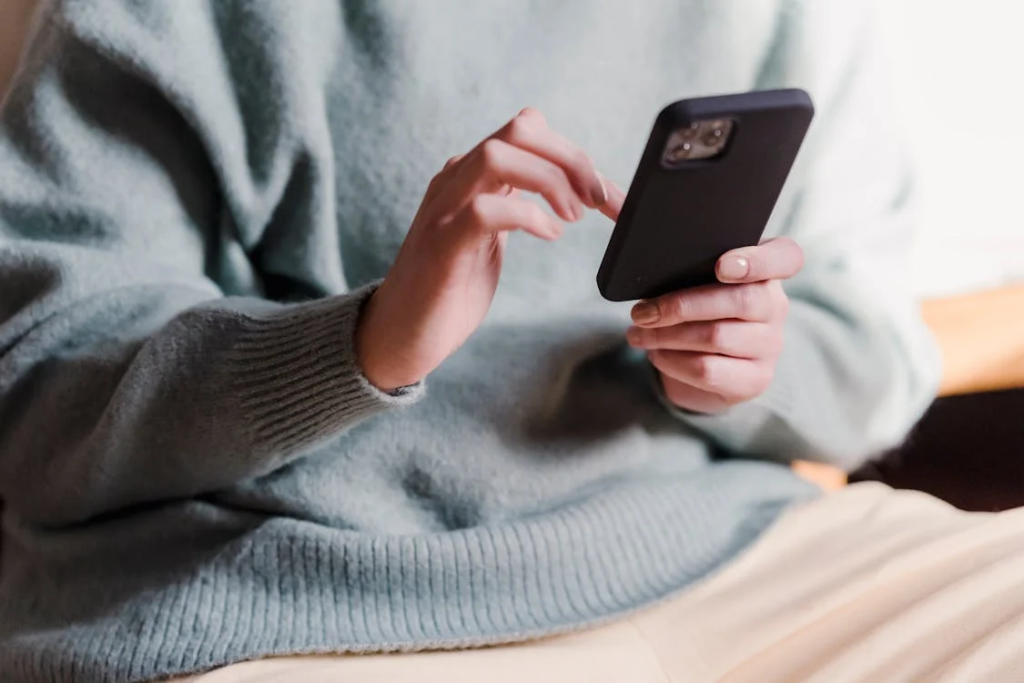Social media is everywhere—shaping how teens connect, express themselves, and navigate their world. For instance, with 95% of adolescents tethered to smartphones and 45% online “almost constantly,” it’s clear this social media revolution is transforming youth mental health. Consequently, a gripping 2020 study from the North Carolina Medical Journal by Jacqueline Nesi dives into this whirlwind, revealing a blend of risks and rewards that demands attention. So, buckle up—this research is a game-changer for understanding the digital age’s impact on young minds.

Social Media and the Stakes: Teens in a Digital Storm
Adolescence is already a rollercoaster—think brain changes, peer pressure, and identity quests. Now, add Instagram, TikTok, and Snapchat, where “likes” and “views” hit like dopamine shots. In fact, the stats are staggering: suicide rates for kids aged 10-24 surged 56% from 2007 to 2017, mirroring social media’s rise. Likewise, depression rates are climbing, prompting researchers to wonder: is this endless scroll the culprit? However, the study clarifies it’s not that straightforward. While heavy social media use often correlates with mental health struggles—like body image issues or anxiety—the effects vary widely. Thus, it’s more about how teens engage online, not just how long they’re plugged in.
The Dark Side of Social Media: Risks That Pack a Punch
Let’s be honest—social media can be a minefield. For example, cyberbullying is a major red flag; it’s tied to self-harm and suicidal thoughts, intensifying with every harsh comment. Similarly, the comparison trap looms large—teens scroll past flawless selfies and feel inadequate. As a result, studies link this to depression and eating disorders, particularly when appearance takes center stage. Meanwhile, sleep takes a hit too—40% of teens are on screens right before bed, disrupting rest and amplifying mental health risks. Additionally, risky content lurks online; from alcohol glamorization to self-injury tips, it’s all a click away, heightening danger for vulnerable youth.
The Bright Side of Social Media: A Lifeline in Pixels
On the flip side, social media isn’t all doom and gloom. Indeed, it’s a lifeline for connection, with 81% of teens noting it keeps them tied to friends. Moreover, for marginalized groups—like LGBTQ teens—online friends offer a vital support network, cushioning against isolation. In fact, the study found 57% of hospitalized teens received encouragement online before admission. Furthermore, platforms are stepping up: consider Instagram’s suicide risk alerts or mental health apps meeting kids where they’re at. As an added bonus, tools like telehealth and EMDR therapy could enhance this, delivering remote care or trauma relief straight through a screen.
What’s Next for Social Media? A Call to Action
This research isn’t just a snapshot—it’s a rallying cry. Because the digital landscape evolves rapidly, outdated “screen time” limits fall short. Instead, we need targeted studies on what teens do online—doom scrolling versus connecting—and who’s most at risk. For instance, imagine policies promoting healthy habits or tech that spots distress early. With telehealth broadening access and EMDR addressing trauma, the chance to leverage social media for good is immense. Ultimately, it’s a balancing act of challenges and opportunities—and the stakes couldn’t be higher for today’s youth.
Dr. Sara C specializes in EMDR, CBT, and DBT therapies, offering top-rated telehealth services to clients in Newport Beach, CA; Beverly Hills, CA; San Diego, CA; Portland, OR; Jacksonville, OR; Dallas, TX; and Houston, TX. Trust in her expertise for the best therapy experience.
In case of a mental health emergency, please call 911 or seek immediate professional help.
Source:
Nesi, J. (2020). The impact of social media on youth mental health. North Carolina Medical Journal, 81(2), 116–121. https://doi.org/10.18043/ncm.81.2.116
